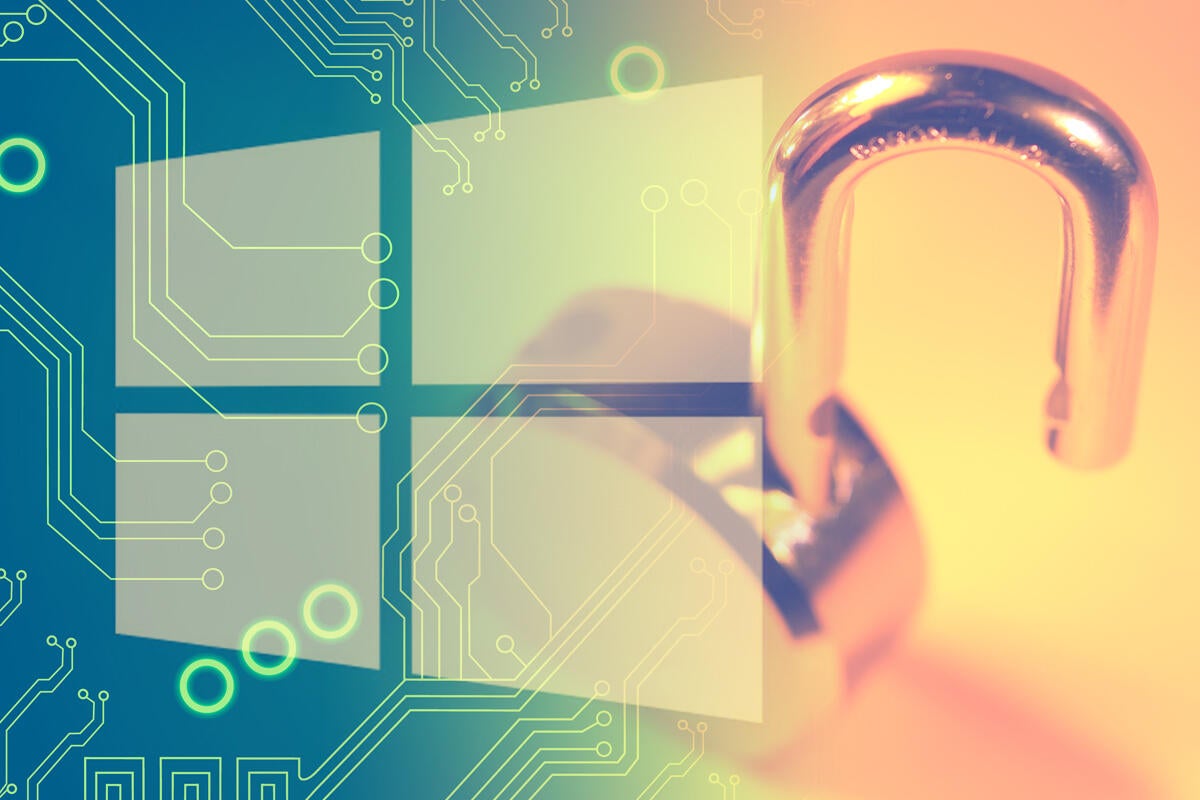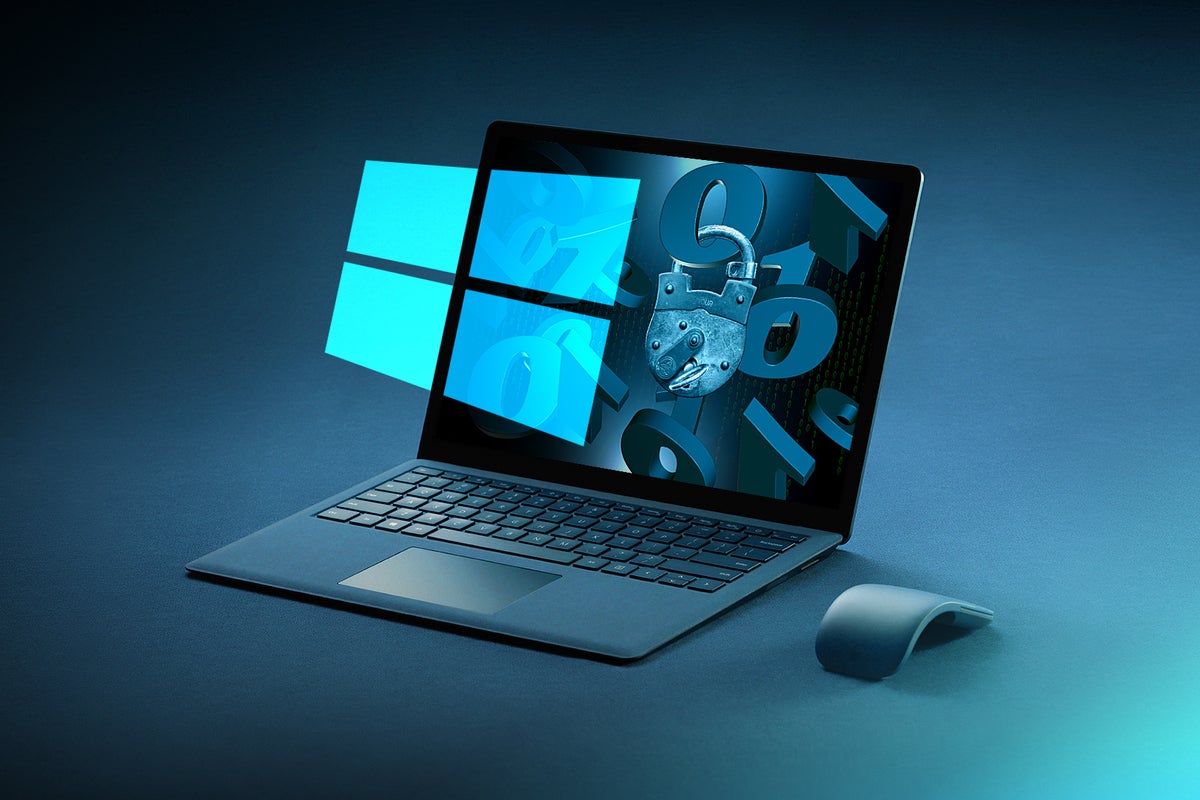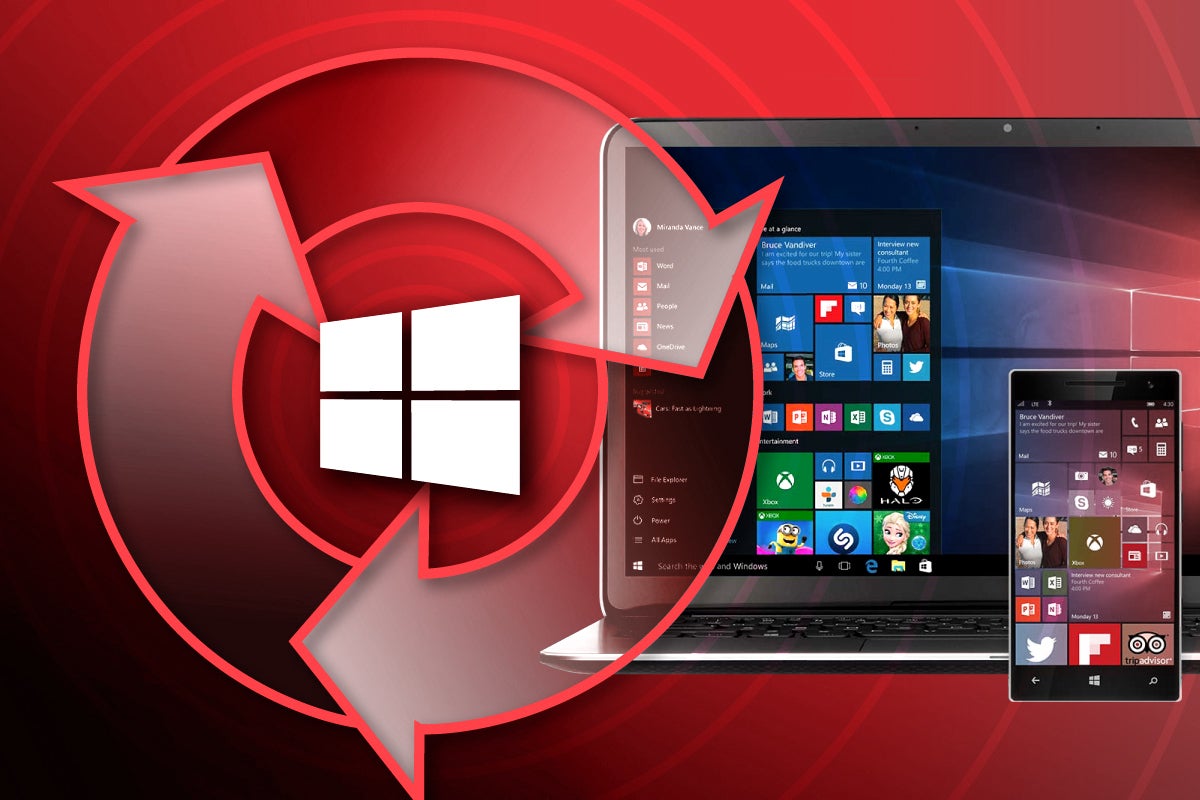If you’re like most PC users, your current computer can’t run Windows 11. Microsoft has placed a line in the hardware sand to ensure that only modern machines with certain specifications that harden security can run Windows 11.
Well, sort of. The company provides a workaround, as I’ll discuss in a moment. Whether you should take advantage of this loophole to upgrade PCs (whether yours or your users’) to Windows 11 is the question.
First, if you want to know if a computer can run Windows 11, you can use the PC Health Check app, Microsoft’s diagnostic tool. But if your PC doesn’t support Windows 11, Microsoft’s app doesn’t do a great job of explaining why. Instead, I recommend using either the Windows 11 Requirements Check Tool from ByteJams.com or WhyNotWin11, available on Github. Both tools provide granular detail about why a machine won’t run Windows 11. On my personal laptop at home, for instance, the processor can’t support hardware for hypervisor enforced code integrity, nor does Windows 11 like the graphics display.
To read this article in full, please click here






